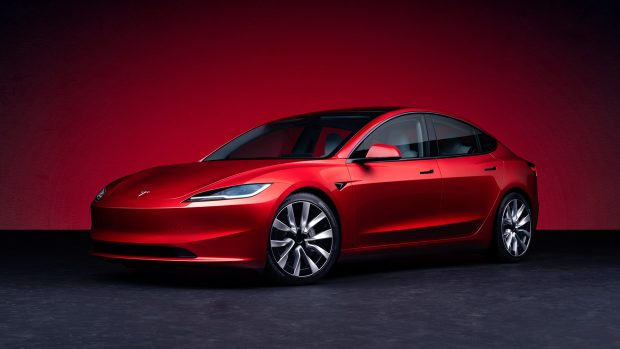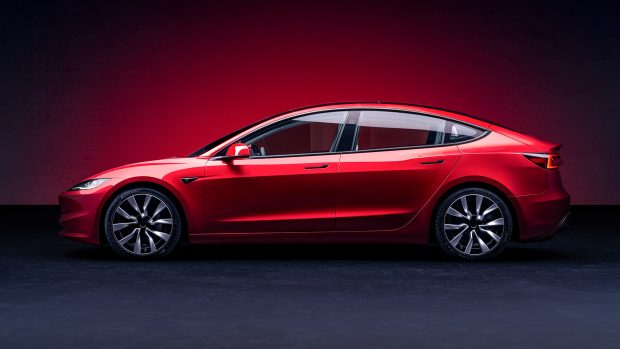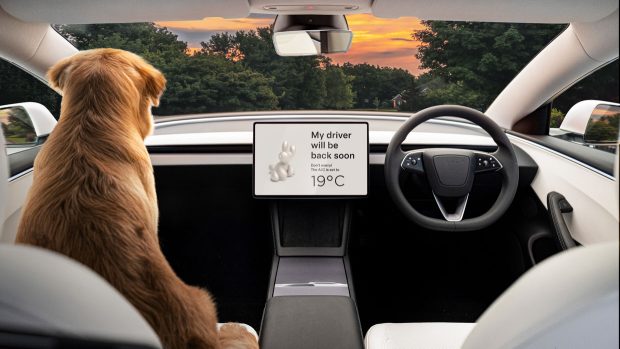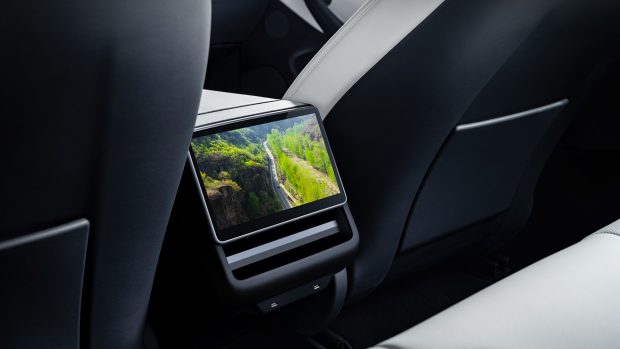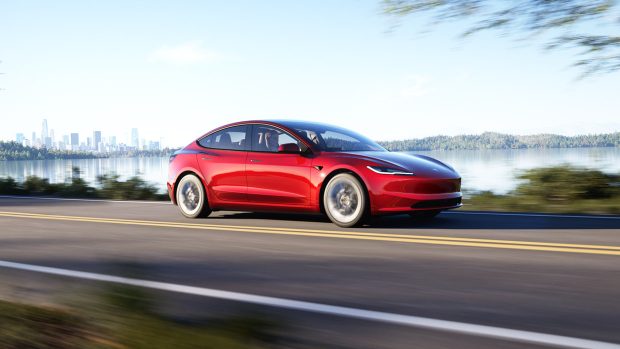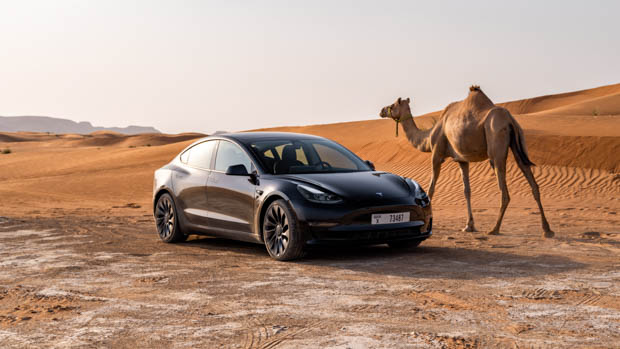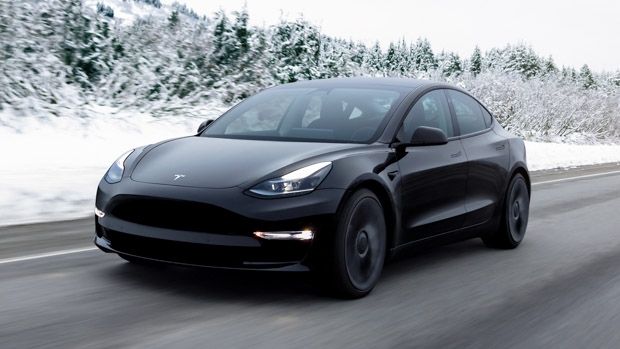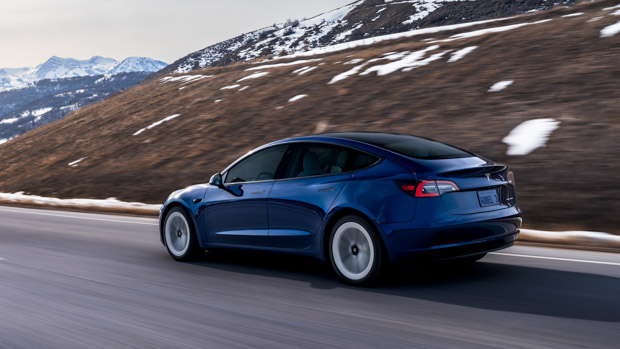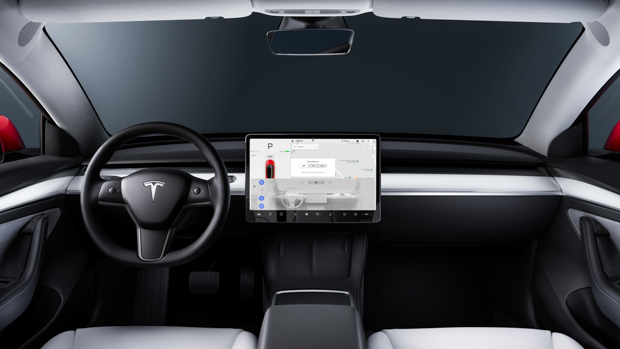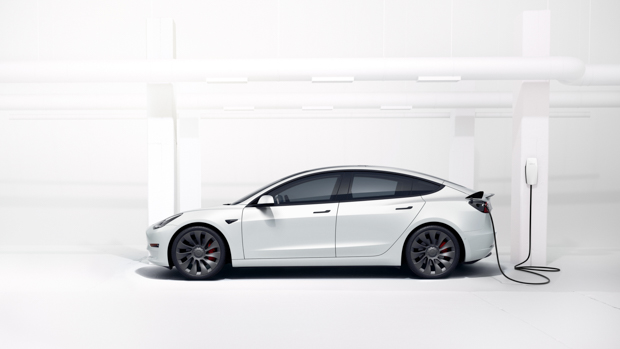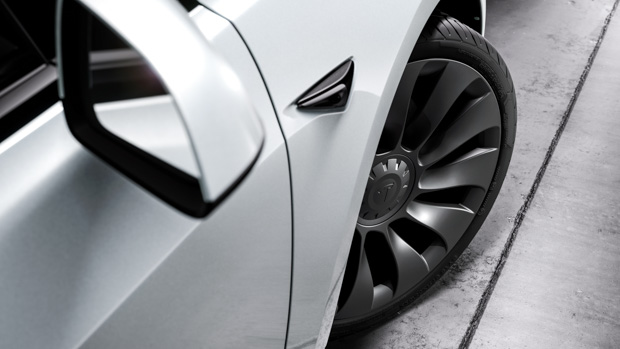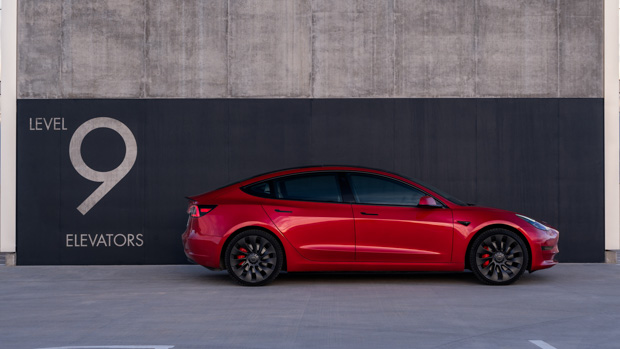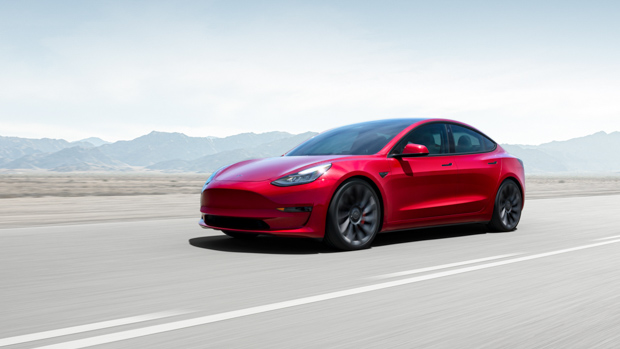-
Car Reviews
- All reviews
- Midsize SUVs
- Small cars
- Utes
- Small SUVs
- Large SUVs
- Large cars
- Sports SUVs
- Sports cars
- Vans
Latest reviews
- Car News
-
Car Comparisons
Latest comparisons
- Chasing Deals
Chasing Cars’ guide to Tesla Model 3 pricing as it happens
Few brands seem to change vehicle prices as much as Tesla, with the American outfit updating pricing for the Model 3 sedan five times already throughout 2023.
To keep on top of these updates, Chasing Cars has included all the previous price changes within this article to help keep you informed.
Tesla has finally released the updated version of its best-selling Model 3 sedan debuting a refreshed exterior and interior design along with a series of incremental upgrades.
The company’s updated Australia website lists only two grades on the website – the Model 3 rear-wheel-drive and the Long Range dual-motor, all-wheel-drive variant with the popular ‘Performance’ variant nowhere to be seen, though this is likely to arrive later on.
The entry-level RWD variant is now priced at $61,900 before on-road costs, in yet another price rebound for the brand, jumping up $4500 over the pricing listed in July.
Tesla’s Model 3 Long Range now starts at $71,900 with a lesser $1500 increase applied, with both grades quoting an estimated delivery date of between January and March 2024.
The driving range of the RWD model has increased from 491 to 513km, while the Long Range now goes even further, an improvement of 602 to 629km.
The 0-100km times remain unchanged, however, at 6.1 seconds for the RWD and 4.4 for the Long Range.
As leaked previously, the Model 3 wears a new front facia design, with wing-shaped headlights featuring integrated fog lights. The design overall is said to be more aerodynamic.
A similar treatment is applied to the redesigned taillights, which the company says now consist of a single component and fit into the tailgate on each side.
Otherwise, the Model 3 appears largely the same with buyers offering new 18- and 19-inch wheel options that are said to be more aerodynamic.
Two new colour choices are now available in Australia: Stealth Grey ($2300) and Ultra Red ($2600).
Continuing its minimalist design philosophy, Tesla has ditched the indicator stalks and replaced them with haptic switches and physical buttons on the steering wheel.
The ‘shifter’ function, to change direction, can now be found in the 15-inch central touchscreen, which is said to be brighter and more responsive than before.
Additionally, the new ‘Smart Shift’ function automatically selects your direction of travel at the start of your trip.
A common point of criticism among pundits is the lack of a screen (or digital instrument cluster) in front of the driver to display critical information such as speed. This remains unchanged in this recent facelift.
The driving position has been raised, with the cabin said to be more spacious than before. The front seats now feature ventilation along with other niceties such as ambient lighting.
Those in the back now also benefit from a rear touchscreen, just like the Model S sold in the US, with the unit found in the Model 3 featuring 8.0 inches in size and mounted onto the back of the centre console.
Focusing on the quality of the interior space, Tesla has introduced a series of incremental changes including improved suspension bushings and cabin seals along with acoustic glass and additional sound dampening material.
Some minor things.
Tesla says it has recalibrated a number of things about the way the Model 3 drives to provide a better experience for buyers, based on owner feedback and general data.
This includes the power distribution across the driven wheel and traction control.
In early July, Tesla cut its prices – yet again – for its Model 3 sedan, which is now $3900 cheaper across all three variants in the range.
The entry-level rear-wheel-drive variant now costs $57,400 before on-road costs, dropping from its previous price of $61,300.
This drop makes the Tesla Model 3 much more affordable than the recently facelifted Polestar 2, which starts at $67,400 for the standard range, single motor variant.
In terms of where the Model 3 sits against Australia’s cheapest EVs, the BYD Atto 3 is more affordable at $48,011 before on-road costs, with the MG4 hatchback cheaper again at $38,990.
The mid-range Model 3 rear-drive long-range is now priced at $70,400 before on-road costs, while the Performance variant now costs $83,400 before on-road costs.
The Model 3 range was recently hit with a $400 increase, bringing the entry-level rear-wheel-drive variant up to $61,300 before on-road costs.
The same minor hikes hit the long-range variant, which jumped to $74,300 before on-road costs, and the Performance rose as well, which can now be had for $87,300 before on-road costs.
The entry-level, rear-wheel-drive Model 3 is fitted with a 57.5kWh battery (usable size) that provides 491km of range off a single charge, according to WLTP testing.
A single electric motor mounted on the rear axle provides 190kW/375Nm and Tesla claims that it can hit 100km/h from a standing start in 6.1 seconds.
The Model 3 is sold exclusively in a five-seat configuration, and the boot has a capacity of 649 litres.
Standard kit on the outside includes 18-inch alloy wheels and power folding mirrors.
On the inside, it gets a 15.0-inch landscape-mounted infotainment screen, heated faux leather seats with 12-way adjustability, a heated steering wheel, and dual wireless phone charging pads.
Next in the range is the Model 3 long range, which gets an electric motor on each axle, working together to create an all-wheel-drive system. These motors have a combined output of 258kW/510Nm and a claimed 0-100km/h time of 4.4-seconds is achievable.
The long-range variant is fitted with a 75kWh (usable) battery that can provide up to 602km of range according to the WLTP testing cycle.
The larger battery also increases the maximum DC charging capacity from 170kW to 250kW, enough to add around 10-80 percent of capacity in around 27 minutes.
Upgrades on the inside include a 14-speaker sound system, LED fog lights, and floor matts.
At the top of the range is the Model 3 Performance, which ups the ante of the long-range model by producing 335kW/638Nm. This drops the 0-100km/h time to 3.3 seconds according to Tesla.
At the cost of speed, the Performance variant loses out in range, with it being able to drive 547km between charges, despite the fact it makes use of the same 75kWh battery as the long-range variant.
Tesla also throws in performance suspension and brakes, Pirelli P-Zero tyres and aesthetic changes such as the carbon-fibre spoiler and 20-inch wheels.
Tesla Australia decided to adjust Model 3 pricing again in April of 2023, with another significant cut coming to the electric vehicle.
This update saw a $3400 drop hit every variant in the Model 3 range, which eclipsed the $3100 drop that the Model 3 saw in three months earlier.
Here, the entry-level rear-wheel-drive model started from $60,900, the long range dropped to $73,900, and the range-topping Performance started at $86,900, with all prices being before on-road costs.
Hot on the heels of the significant price cut in January, Tesla Australia adjusted Model 3 pricing again, this time hitting the EV with an increase of $400 across the board.
Following this minor hike, Model 3 pricing started at $64,300 for the entry-level rear-wheel drive variant, $77,300 for the long-range variant, while the flagship performance dual-motor now costs $90,300, with all prices being before on-road costs.
Tesla kicked off 2023 with a significant price drop across all variants of the Model 3 in Australia.
The brand dropped the price of the Model 3 by $1600 on the entry-level RWD grade ($63,900), $3100 on the long-range AWD ($76,900) and $1700 on the Performance AWD ($89,900).
This price drop represented one of the biggest changes in Model 3 pricing since the car was launched in Australia back in 2019.
Latest news
About Chasing cars
Chasing Cars reviews are 100% independent.
Because we are powered by Budget Direct Insurance, we don’t receive advertising or sales revenue from car manufacturers.
We’re truly independent – giving you Australia’s best car reviews.
